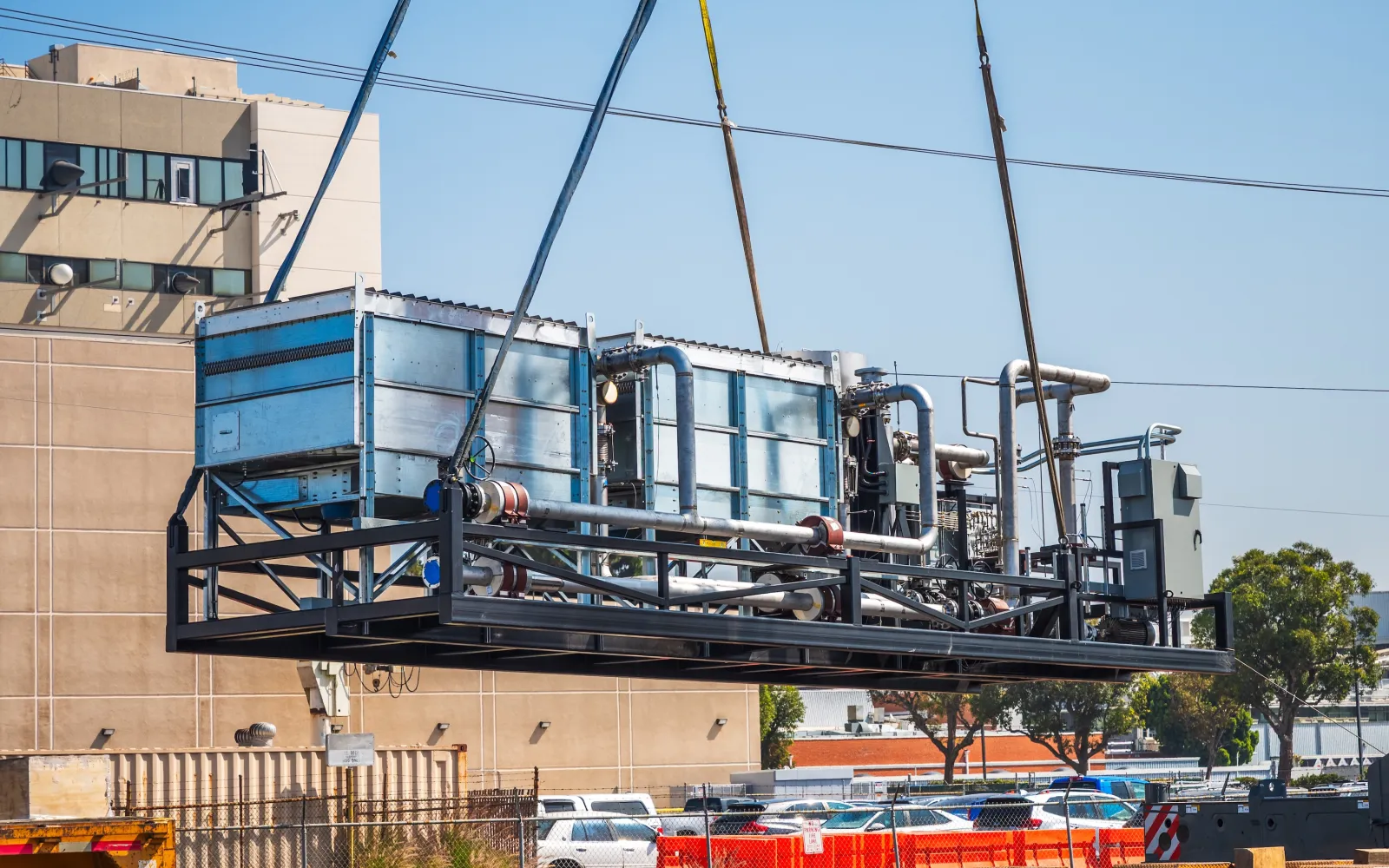

Brimstone
Making carbon-negative portland cement
Here at DCVC we’re proud that so many of our portfolio companies are working on the fundamental science and engineering innovations we’ll need to build a true zero-carbon economy. One of those is Brimstone, an Oakland, CA-based startup developing a way to make cement that not only releases zero greenhouse gasses, but can help remove them from the atmosphere.
Cement, when mixed with sand, gravel, and other aggregates, makes concrete — one of the world’s strongest, most affordable, best understood, and most durable construction materials. There is no substitute for it; to house, employ, and transport an expected world population of 10 billion people by 2050, the world’s economies must continue to produce many billions of tons of concrete per year. Even creating the infrastructure for a cleaner economy, from high-speed rail lines to the foundations for wind turbines and photovoltaic plants, will require enormous amounts of cement.
There’s just one big problem. The traditional process for making ordinary portland cement (OPC), representing more than 95 percent of cement around the world, releases an appalling amount of carbon dioxide into the atmosphere: over 900 kilograms of CO2 for every 1,000 kilograms of cement produced. The bulk of the emissions come from the feed materials themselves, with the rest coming from the coal or natural gas typically used to heat the kilns in which OPC is produced. Overall, cement production generates 8 percent of annual global greenhouse gas emissions. Only the power generation and transportation industries are bigger carbon emitters.
To keep global average temperatures from rising catastrophically, while Asia and Africa are rapidly building infrastructure, the world must find a way to make even more cement while simultaneously reducing or eliminating the vast carbon output of construction. The solution is to rethink cement production at the level of basic chemistry, without altering the final product. And that’s the technology Brimstone is developing.
Founded at Caltech by Cody Finke, a chemist who earned his PhD in environmental science and engineering, and engineer Hugo Leandri, the company is currently building a pilot plant to test a new process for large-scale production of OPC that not only emits no CO2 but is net carbon-negative.
Traditional OPC production starts with limestone (calcium carbonate), a sedimentary rock that precipitated out of ancient oceans. Heated to 1,450 °C (2,640 °F) in large rotary kilns, the calcium carbonate breaks down into calcium oxide (quicklime) and carbon dioxide, which escapes into the atmosphere. The quicklime is combined with slag (stony waste separated from metals during the smelting of ore) and fly ash (the residual of combusting coal) — together known in the business as “supplementary cementitious materials,” or SCMs — to form clinker, which is then ground up to make cement powder.
Brimstone has invented a new way to make OPC that cuts carbon out of the equation. The trick is to avoid limestone and start instead with basalt and other calcium-bearing silicate rocks. Basalt is rich in native calcium oxide, and Brimstone’s kilns extract it without releasing carbon as a harmful by-product. Calcium silicate is also widely available. “The good news is that limestone is about one quarter of one percent of the rock in the Earth’s crust, and calcium silicate is about 50 percent,” says Finke.
Combine the calcium oxide from basalt with SCMs, and the result is actual OPC — not a substitute with unfamiliar properties. The process does have other outputs, but these are beneficial. One is the very SCMs needed to make concrete, which must otherwise be purchased from bulk suppliers. That’s a major economic plus, since slag and fly ash supplies are declining thanks to cleaner steel manufacturing and reduced use of coal-fired power plants. Other outputs include magnesium compounds like magnesium hydroxide, which begin to absorb CO2 from the atmosphere the moment they’re created. These compounds perform direct air capture, permanently sequestering carbon in the form of magnesium carbonate.
Brimstone’s projections show that its overall process is carbon-negative, “even if a Brimstone customer uses coal to fire their kiln,” notes Rachel Slaybaugh, a partner at DCVC. “And the cleaner the kiln firing, the more carbon-negative the cement.” The company will test those projections at a pilot plant advancing toward construction in Reno, NV, where Brimstone will also determine the optimal size for its kilns, identify the lowest-cost components and suppliers, and streamline its process before expanding to commercial scale.
A world in which cement manufacturing has been transformed from a huge carbon emitter into a net absorber will be one with many more options for future growth and prosperity. Cement producers with advanced, Brimstone-style cement plants — which, remember, also produce their own SCM — would have a cost advantage over competitors, and would have a head-start meeting emissions reduction mandates in states like California. And nations using carbon-negative cement for bridges, highways, warehouses, and other projects would have an easier time meeting their own greenhouse gas reduction commitments under the Paris Accord. (China’s massive Three Gorges Dam, built between 1994 and 2003, used 16 million tons of OPC. If that cement had been carbon-neutral or carbon-negative, the dam project could have offset the annual greenhouse gas emissions of at least three million passenger vehicles.)
Decarbonizing cement manufacturing is not only an imperative for the world during its transition to net-zero CO2 emissions; it will also lower the price of cement, at zero risk to customers. That’s how Brimstone is making a livable future more concrete.



